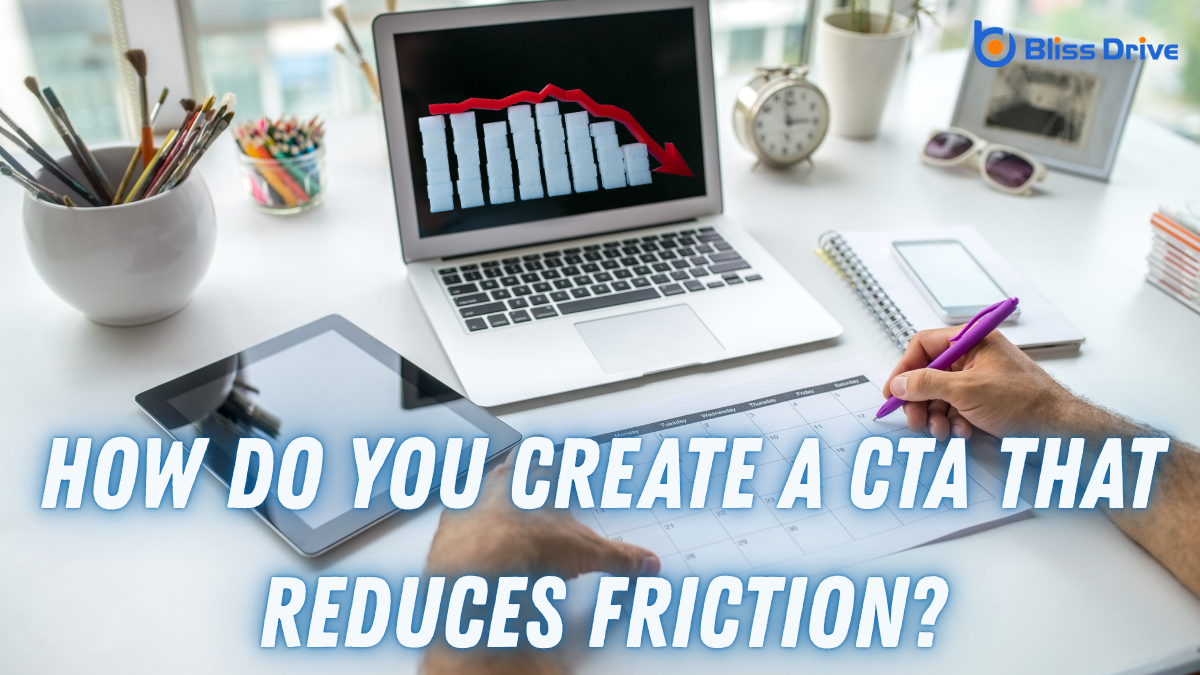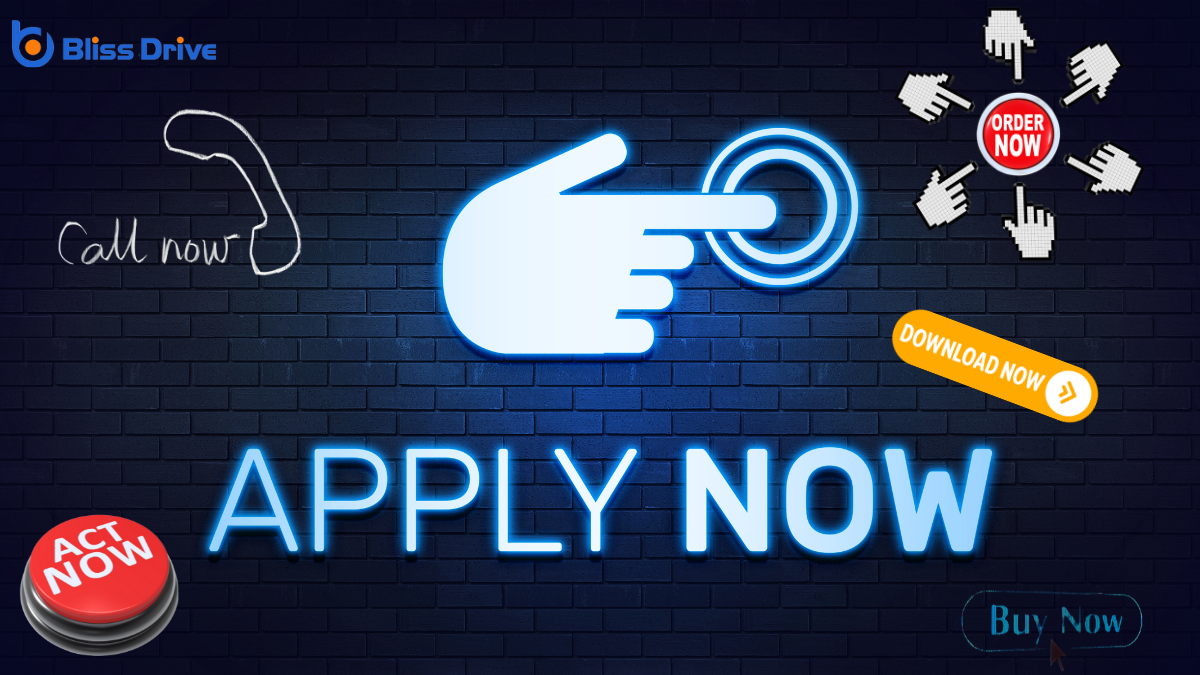Digital Marketing Services
Learn More About Us

Creating a CTA that reduces friction starts with understanding the user's journey and removing any potential obstacles. You should focus on crafting a clear, concise message that directs users toward a specific action. By emphasizing the value propositionA statement that clearly explains the benefits of a product or service and why it is better than the... and streamlining the decision-making process, you can minimize distractions. But how can you guarantee these strategies truly resonate with your audience? There's more to explore in crafting an effective and seamless CTA experience.
When it comes to creating effective CTAs, understanding the role of friction is essential.
You've got to recognize that friction refers to anything in the user experience that slows down or complicates their decision-making process. It could be extra steps, confusing language, or even poor design. Friction can make users hesitate, lose interest, or abandon their actions altogether.
To reduce friction, focus on streamlining the path to completion.
Think about how you can make the CTA process as smooth and intuitive as possible. Are there unnecessary fields in your form? Is the button easy to find and click?
By minimizing obstacles, you help users feel confident and encouraged to proceed.

As you work to reduce friction in your CTAs, focus on defining clear and concise messaging. When your message is straightforward, users know exactly what to expect and what action to take.
Start by using simple language that aligns with your audience's understanding. Avoid jargon or complex phrases that might confuse or overwhelm them.
Be specific about the action you want them to take. Instead of vague terms like "click here", use direct language like "get your free guide". This approach eliminates uncertainty and guides users smoothly.
Highlighting the value proposition is essential in crafting a compelling CTA that users can't resist. By clearly communicating what users gain, you can effectively capture their attention and reduce friction.
Here's how you can emphasize your value proposition:
Although decisions can often be overwhelming, simplifying the user's decision-making process is essential to creating an effective CTA. Start by providing clear, concise information that answers any immediate questions. When users understand what you're offering quickly, they're more likely to proceed.
Use visuals to guide them, making sure navigation feels intuitive. Don’t overwhelm them with too many options; instead, highlight the most relevant choice. This focus helps users feel confident and reduces hesitation.
Next, reduce steps in the process. Fewer clicks or form fields mean less chance for second-guessing. Make your CTA stand out, so users know exactly what action to take next.

Once you've simplified the user's decision-making process, it's time to focus on the power of words with action-oriented language. By choosing words that prompt immediate action, you create a sense of urgency and motivation.
Here’s how you can do it:
These techniques help reduce friction and drive engagementThe interactions that users have with a brand’s content on social media..
A successful call-to-action (CTA) isn't just about the words—it’s also about the design that captures attention and guarantees accessibility.
Focus on using contrasting colors that make your CTA stand out while making certain readability. Avoid overcrowding; a clean, uncluttered design can enhance comprehension and engagement.
Don't forget about size—make sure your CTA button is large enough to click easily but not overwhelming.
Accessibility is key, so use a readable font and make certain your design meets online accessibility standards, like the Web Content Accessibility Guidelines (WCAG). This includes providing text alternatives for images and making certain keyboard navigation is smooth.
To truly connect with your audience, tailor your CTAs to resonate with their specific needs and preferences. This personalizationTailoring content and offers to individual users based on their behavior, preferences, or demographi... builds a stronger relationship and reduces friction.
Start by understanding your audience's demographics, interests, and behaviors. Use this insight to craft CTAs that speak directly to them.
Here's how you can personalize CTAs effectively:

After personalizing your CTAs to resonate with your audience, it's important to evaluate their impact. Start by conducting A/B tests to see which versions perform best. Alter elements like color, wording, or placement, and measure the results.
Use analytic tools to track click-through rates and conversionThe completion of a desired action by a referred user, such as making a purchase or filling out a fo... rates. These metrics reveal how effectively your CTAs engage users and prompt desired actions.
Don’t forget to look at the bigger picture—analyzing user behavior can provide insights into how CTAs fit within the overall user journey.
Regularly review and adjust your CTAs based on data findings to optimize their effectiveness. By continually testing and analyzing, you guarantee your CTAs remain compelling and reduce friction, consequently driving better results for your business.
Social proofThe influence that other people’s actions have on one's own behavior, often seen in likes, shares,... and trust signalsElements that build trust with visitors, such as security badges, testimonials, and privacy policies... are powerful tools in enhancing your CTA's effectiveness. When people see others engaging with your brand, they're more inclined to follow suit.
Here’s how you can leverage these elements:
Implement these strategies to enhance trust, reduce friction, and improve your conversion rates.
When you incorporate urgency and scarcity tactics into your CTA, you create a compelling reason for potential customers to act immediately. By emphasizing limited availability or time-sensitive offers, you tap into the fear of missing out, which can drive quicker decision-making.
Words like “limited stock” or “only 24 hours left” add pressure, encouraging users to prioritize your offer.
Ensure your messaging is genuine; false urgency can erode trust. Use countdown timers or highlight how many items are left to visually reinforce scarcity.
It’s essential to clearly communicate the benefits of acting now. When potential customers understand that waiting could mean losing out, they’re more likely to convert.
Done right, urgency and scarcity can greatly reduce friction and enhance your CTA’s effectiveness.
To create a CTA that truly reduces friction, focus on clarity and simplicity. Use straightforward language that highlights your value proposition, guiding users effortlessly. Design your CTA to stand out visually, ensuring it's both eye-catching and easy to understand. Limit decision-making steps and personalize your message for your audience. Incorporate elements like urgency and social proof to boost trust and encourage quick action. By doing so, you'll enhance user experience and drive better results.
